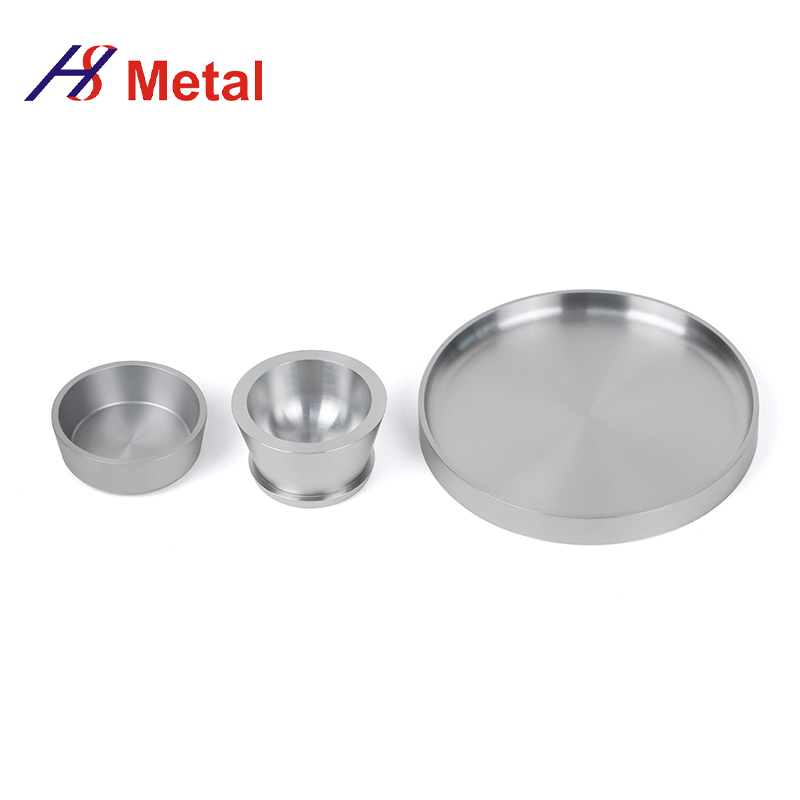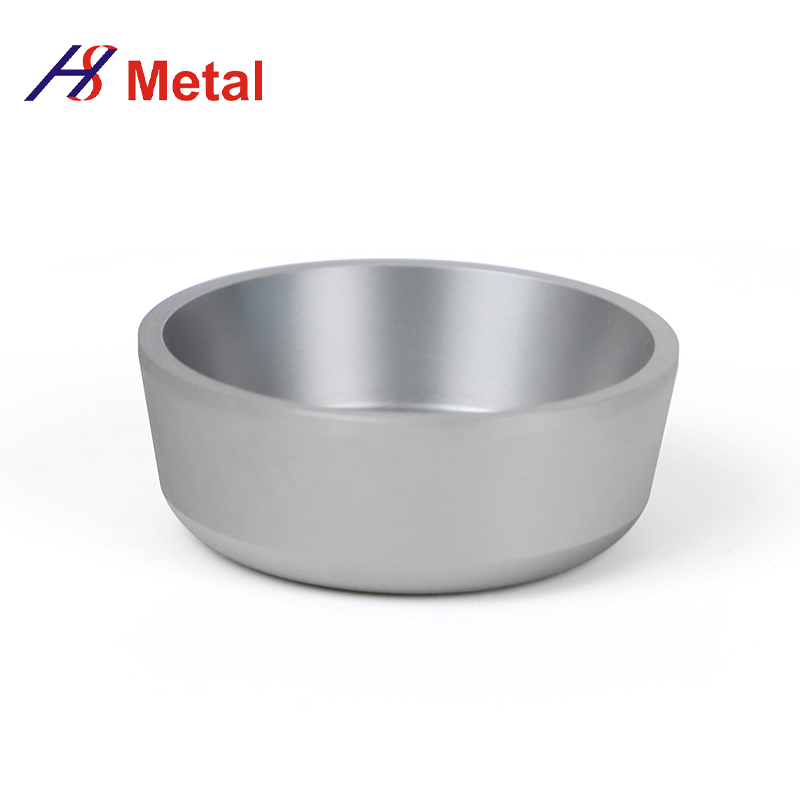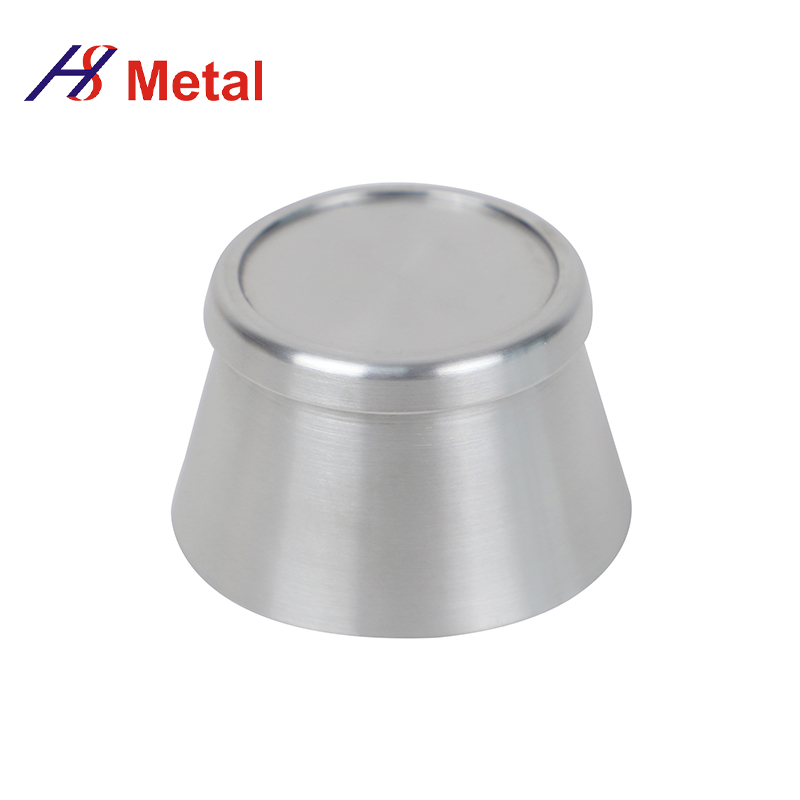Email:
sales@hypersolidmetal.comWhatsapp:
8618625975081
Email:
sales@hypersolidmetal.comWhatsapp:
8618625975081As an indispensable key material in high-temperature industries, the performance of tungsten crucible directly affects the production efficiency and product quality in many fields such as crystal growth, metal smelting and vacuum evaporation. Among many performance indicators, the purity level of tungsten material not only determines the physical properties of the crucible, but also has a profound impact on its chemical stability, mechanical strength and service life.
First of all, the material purity of tungsten is directly related to the mechanical properties of the crucible. High-purity tungsten usually contains very few impurities, especially the strict control of elements such as oxygen, nitrogen, and carbon, which reduces the lattice defects inside the material and makes the grains more uniform and dense. In this way, the tensile strength, fracture toughness and thermal fatigue performance of the crucible are significantly improved. Under high-temperature repeated cycles, high-purity tungsten crucibles can more effectively resist the crack propagation caused by thermal stress, thereby extending their service life. On the contrary, impurities included in low-purity tungsten often become stress concentration points, which can easily cause microcracks and material embrittlement, leading to early failure of the crucible in a high-temperature environment.
Secondly, purity has a great influence on the chemical stability of the crucible. Impurity elements such as oxygen and nitrogen may react with tungsten in a high temperature environment to generate oxides or nitrides, forming local brittle phases. The presence of these impurity phases not only destroys the dense structure of the crucible, but also reduces its corrosion resistance to molten metal or chemical atmosphere. Especially in high-temperature oxidizing or reducing atmospheres, high-purity crucibles exhibit stronger antioxidant and corrosion resistance, reducing the consumption of crucible materials and the risk of contamination, thereby ensuring the purity and safety of the process.
In addition, purity also has a significant impact on the thermophysical properties of the crucible. High-purity tungsten usually has higher thermal conductivity and a more stable thermal expansion coefficient, which helps to improve the heat conduction efficiency and uniform distribution of thermal stress in the crucible at high temperatures. Good thermal conductivity can reduce local overheating and temperature differences, and reduce the probability of material fatigue and cracking caused by thermal stress. At the same time, stable thermal expansion performance enables the crucible to maintain dimensional stability during thermal cycling, avoiding deformation and damage caused by thermal expansion mismatch.
The material purity of the tungsten crucible also directly affects its processing performance. High-purity tungsten powder is easier to achieve a uniform and dense sintering structure, reduce porosity and microcracks, and provide a better material basis for subsequent mechanical processing. The dimensional accuracy and surface quality of the processed tungsten crucible are easier to meet the design requirements, which is crucial to ensure the sealing and thermal field uniformity in high-temperature processes.



